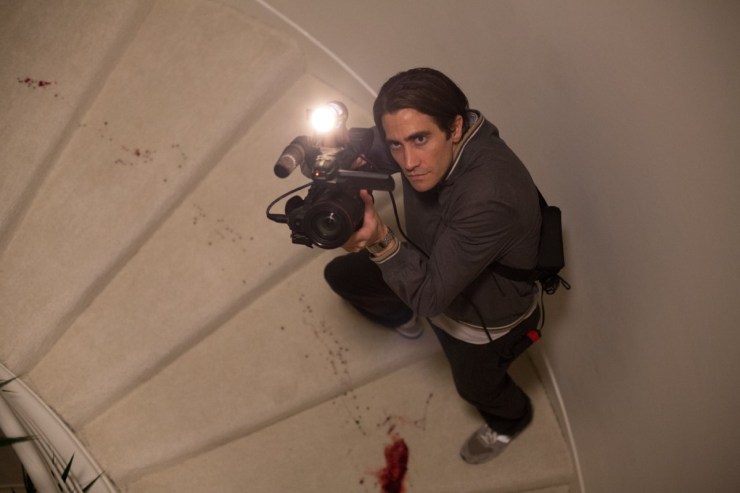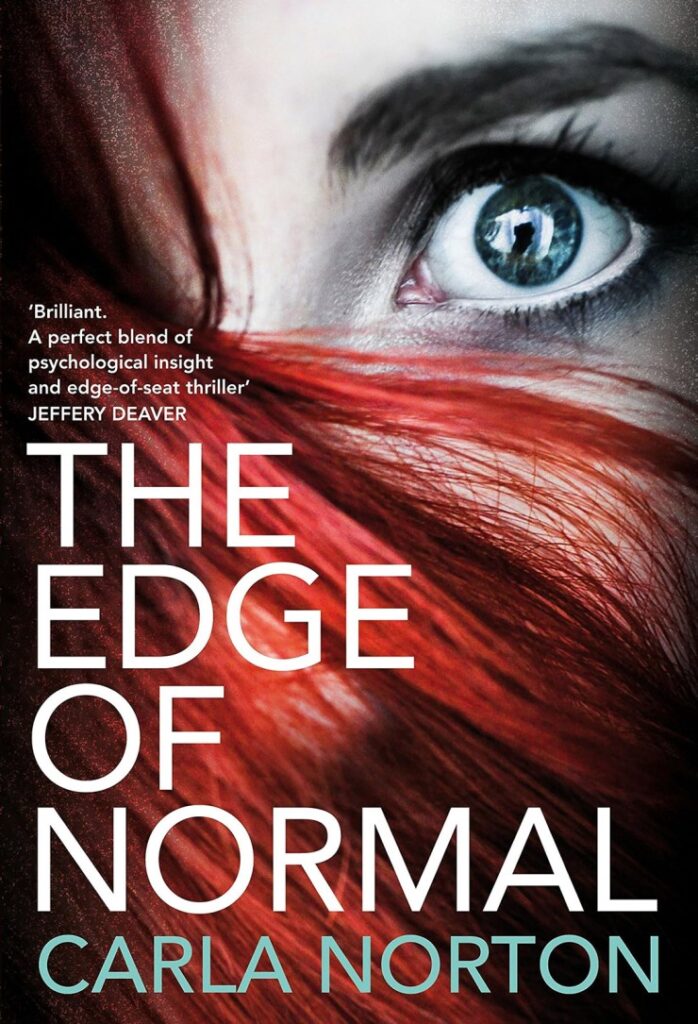Long before Superman or even Guardians of the Galaxy, James Gunn was firmly established as a “horror guy,” from his early days writing Tromeo and Juliet for Troma to his feature directorial debut with the horror-comedy Slither. It was Slither that introduced Gunn’s voice as a director worth watching, and Gunn reflects on the monster movie almost twenty years later in an interview conducted for Clark Collis’ upcoming book, Screaming and Conjuring.
1984 Publishing will release Screaming and Conjuring: The Resurrection and Unstoppable Rise of the Modern Horror Movie, a definitive 504-page hardcover that pulls back the curtain on the horror film industry, on September 2, 2025. With the book now available for pre-order, 1984 Publishing has shared an exclusive excerpt with us this week.
As you might have guessed, it’s all about James Gunn’s Slither. Read on to learn more about Slither‘s gooey practical effects and the sequel that never ended up getting off the ground.

While James Gunn had helped kick off the horror remake craze with his screenplay for Zack Snyder’s Dawn of the Dead, the writer nightmared up an original tale for his next genre project. At the start of 2005, Variety announced that Gunn was making his directorial debut with the film Slither, which would be shot in Vancouver and distributed domestically by Universal. The article described the movie as “taking place in a South Carolina town where an inhabitant becomes infected by an alien parasite. It spreads to other townsfolk while its original host turns into a loathsome-looking baddie. Pic will rely heavily on prosthetic effects.”
Gunn planned Slither as a throwback to the special effects extravaganzas he had enjoyed growing up. “My inspirations were the in-your-face, fun, over-the-top, gory horror films of the 1980s,” he recalled for Film Threat ahead of the movie’s release. “Re-Animator, The Fly, The Thing, Return of the Living Dead, Basket Case, Evil Dead II. With the exception of a couple of terrific filmmakers like Eli Roth and Rob Zombie, horror has become so boring and by-the-numbers as of late. We needed some fucked-up color in the marketplace: thus, Slither.”
The film’s prosthetics were the responsibility of Ernest Dickerson’s Demon Knight collaborator Todd Masters. The special effects makeup artist was happy to learn that Gunn wanted the movie’s effects to be practical whenever possible. “We were really fortunate to have a supporter like James for practical effects,” he says. “Even if it’s well-made CG, it can just become a big graphics show. You can tell there’s no soul behind it. We were hoping on Slither that people wouldn’t forget how cool this shit is.”
Gunn cast Nathan Fillion as the town’s police chief, Elizabeth Banks as a teacher, and Michael Rooker as her husband, Grant Grant, who horribly mutates after coming across the alien creature. The horror-comedy’s real star would prove to be its array of deliriously grotesque effects. In the finished movie, Grant Grant grows tentacles and impregnates an old flame named Brenda (played by actress Brenda James) with alien spawn, causing her to swell until she is a massive sphere. The ‘Brenda’ prosthetic was built at Masters’ Los Angeles workshop and then transported via truck to the shoot in Vancouver. “It was quite crazy,” he says. “One of my people in my office got highway information on the height of the overpasses all the way up Interstate 5, and we got the lowest truck we could find, and that’s what determined how big Brenda was. It is, like, 12 feet wide and 13 feet tall. I actually think it is the world’s largest prosthetic.”
Masters and his team used a petroleum-based material employed in the manufacture of sex toys to make the large number of prosthetics that Gunn required. “This was the material that they were [using to] make fleshlights,” says Masters. “This material was just amazingly flexible, and still held detail, and felt really good—not that I ever tried it like that.”

Masters’ heavy use of the material was appropriate. Several of the prosthetics seen in the film resembled human erogenous zones, from the breastlike Brenda-monster to the orifice belonging to the first alien creature seen in the movie. “The funny thing about James is, even when things get tense, it’s fucking hilarious,” says Masters. “We’re shooting this yellow organism, and James screams across, ‘Why does everything you fucking do look like a sexual part?!’ He’s calling me out on the yellow organism, which literally has a vagina sculpted on top of it. And I go, ‘Okay, here’s your script, it actually says in the script, ‘The yellow organism has a yellow vagina on it.’ This isn’t a coincidence!’”
Universal released Slither on March 31, 2006. The film placed a lowly eighth on the box office chart over its first weekend in theaters, earning less than $4 million and slipping out of the top ten the following week. Gunn’s movie went on to gross $7.8 million at the domestic box, a disappointment given its reported $15 million budget. The director would come to believe that he had overestimated the appeal of films mixing horror and humor. “Yeah, if somebody had shown me a breakdown of what horror-comedies had done in the past before I made Slither, I probably would have thought twice about it,” he says. “Horror-comedies as a rule have not made big money.”
Gunn had teased a sequel to Slither in the movie’s post-credits sequence. But the film’s box office performance made that second film a nonstarter. “I brought up Slither 2 to one of the producers not too long after,” says Masters. “He basically threw me out of his office.” Still, the makeup artist has kept the outsized Brenda prosthetic safe, just in case anyone does decide to make Slither 2. “At the end of [shooting] Slither, the production manager goes, ‘What do you want to do with this thing?’” he recalls. “I’m like, ‘I can’t really throw her away, I mean, she’s kind of a historical piece.’ Yeah, Brenda is in a warehouse below a shopping center in Tacoma, just waiting for the sequel.”
To James Gunn’s delight, Fangoria helped publicize Slither by featuring an image of Michael Rooker in full monster makeup on the cover of its April 2006 issue. “I don’t really collect articles or covers,” says Gunn. “But I do have my Fangoria cover up in my office. Fangoria was a huge magazine to me growing up.” In August, Fangoria announced that Slither had been nominated for three of its Chainsaw Awards, whose winners would be announced at a ceremony in October. The event was the first Chainsaw Awards to be televised, a sign of the horror genre’s popularity.
Starting with 1996’s horror gamechanger Scream, Clark Collis “traces the blood-spattered path of horror’s evolution through exclusive behind-the-scenes accounts, untold stories, and in-depth interviews with key figures who shaped the era. For the first time, the full story of horror’s modern renaissance is revealed in one essential volume.”
Screaming and Conjuring will offer a deep dive into films like The Blair Witch Project, The Sixth Sense, Final Destination, The Others, Pan’s Labyrinth, 28 Days Later, Resident Evil, Saw, Hostel, Paranormal Activity, Insidious, and The Conjuring and their production history.
“For decades, horror was regarded as the film industry’s dirty secret, and now it’s one of the genres which is keeping Hollywood alive and cinemas open,” says author Clark Collis. “Screaming and Conjuring shows how a group of filmmakers turned horror into a box office juggernaut by creating some of the scariest movies ever unleashed onto the big screen.”
Screaming and Conjuring will publish in a limited first-edition deluxe hardcover, featuring black foil-gilded page edges, textured cover spot varnish, and heavyweight paper stock.

The post ‘Screaming and Conjuring’ Exclusive Excerpt Explores James Gunn’s ‘Slither’ and the Sequel That Never Happened appeared first on Bloody Disgusting!.


